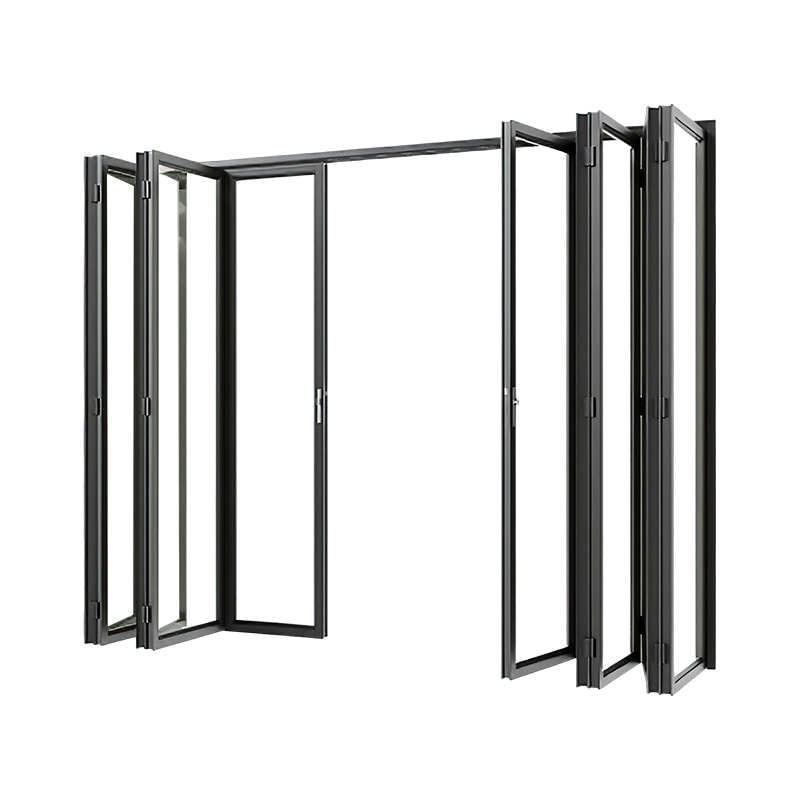Aluminum Windows: The Ultimate Guide to Alloy and Hurricane-Resistant Options
Introduction Aluminum windows have become one of the most popular choices in modern construction, offering a balance of strength, style, and practical...
Read MoreCommercial aluminum doors are widely used in office buildings, retail spaces, hospitals, and industrial facilities due to their strength, durability, and low maintenance. While aluminum is naturally a good conductor of heat, modern design innovations allow commercial aluminum doors to achieve thermal insulation and energy efficiency, making them suitable even for temperature-controlled environments. Understanding how these doors provide energy savings can help building owners and designers make informed decisions.
Aluminum is a lightweight, strong, and corrosion-resistant metal, which makes it ideal for door frames and panels. However, its high thermal conductivity means that:
To overcome this inherent challenge, commercial aluminum doors incorporate thermal break technology and other insulation strategies.
The most critical innovation for aluminum doors’ energy efficiency is the thermal break.
Thermal break aluminum doors can achieve U-values (a measure of thermal transmittance) comparable to wood or composite doors, making them suitable for energy-conscious commercial buildings.

In addition to thermal breaks in the frame, commercial aluminum doors often feature insulated door panels:
The combination of insulated panels and glazing ensures that the door system itself contributes to the building’s overall energy efficiency.
Thermal insulation is also achieved through air-tight sealing:
Together with thermal breaks and insulated panels, gaskets form a complete barrier against energy loss.
Aluminum doors can be treated with special coatings to enhance thermal performance:
These finishes contribute to energy savings while maintaining the door’s aesthetic appeal.
Thermal insulation in commercial aluminum doors provides multiple advantages:
Commercial aluminum doors with enhanced thermal performance are commonly used in:
By incorporating modern insulation technologies, aluminum doors meet both functional and environmental requirements.
Despite aluminum’s high natural thermal conductivity, modern commercial aluminum doors achieve thermal insulation and energy efficiency through the use of thermal breaks, insulated panels, double or triple glazing, and high-quality weather seals. These innovations reduce heat transfer, maintain indoor comfort, lower energy costs, and contribute to sustainable building practices. For commercial projects aiming for energy efficiency without compromising durability or aesthetics, aluminum doors with thermal performance enhancements are a practical and effective solution.